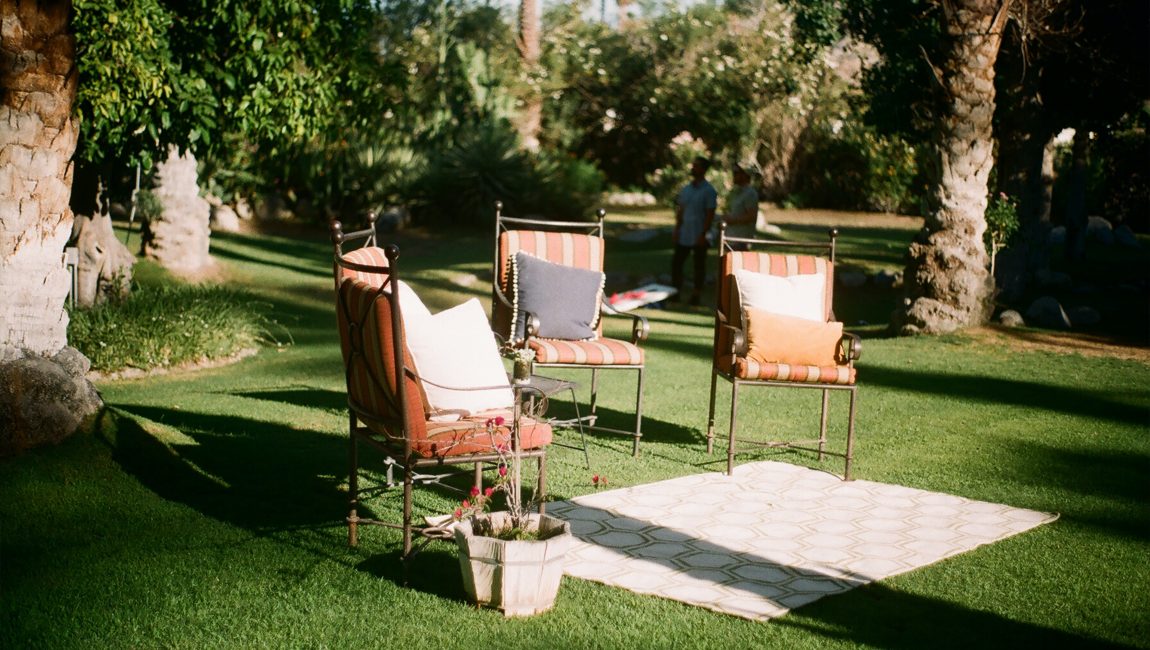
Keeping your grass green year-round is a difficult task, and it’s not just about watering. The key to having a green lawn in the summer is keeping it healthy and strong throughout the rest of the year.
Although it doesn’t seem like it- brown grass isn’t necessarily unhealthy. Grass that is under heat and drought stress naturally goes into a dormant state and turns brown as a way of protecting itself. Summer dormancy occurs when the grass is stressed out by intense heat and drought. It can stay in this dormant state safely for 3-4 weeks without dying, although intense drought will kill it over time. Dormant turf can be disappointing to look at with its unpleasant brown tinge. Luckily, the grass will green up once it rains and cooler temperatures resume. There are many ways to keep your grass green year-round. Here are just a few tips:
Select The Right Grass For Your Climate
There are many different types of grass- cool-season grasses do better in cooler, northern latitudes and warm-season grasses perform better in the south. Cool-season grasses and warm-season grasses have different life cycles. The main growing stages for cool-season grasses are spring and fall whereas warm-season grasses grow best in the heat of summer. Be sure to select a grass that is appropriate to your climate, and it will be much easier to keep your lawn green all year. Also, realize that if you live in a transition zone this becomes a much more difficult task.
Give Your Lawn A Drink
When it comes to watering, preparation for the summer months should take place all year. If you water grass too often, it won’t send down roots in search of water deeper below the surface. When grass develops a shallow, superficial root system, it struggles to survive when water is scarce. Therefore it is recommended to water your lawn deeply once a week so it can become better equipped to survive in the summer heat. Water your lawn early in the morning with a sprinkler system – about 5:00 a.m. is the perfect time. When you water early, the water that doesn’t penetrate the surface will evaporate instead of keeping your lawn moist all night which could cause fungal infections. If mowing in the afternoon, start watering in the late afternoon to help ensure the surface water evaporates.
Keep Up on the Mower Maintenance and Schedule
When it comes to mowing your lawn, keep the blades sharp. Blunt blades tear grass rather than cut it, which damages the plant, making it more prone to browning. Never mow your lawn in the heat of the summer sun – the combination of heat stress and being cut at the same time can damage your grass. Mow early in the morning (dew should be off the ground) or in the late afternoon.
While brown grass is nothing to fret about, you most likely prefer the look of a lush green lawn year-round. Achieving a healthy lawn is not simply a case of extra watering during the summer months – but as long as you know the steps to take, keeping your grass green even in the heat of the summer can be an easy feat.
